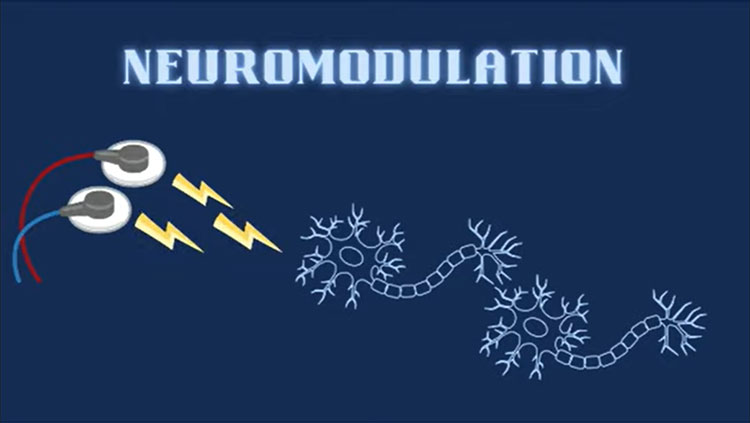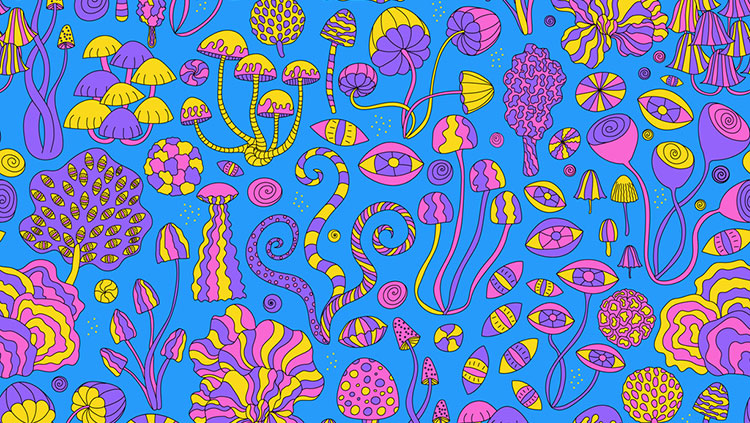Is Talking Therapy a Waste of Time?
- Published13 Sep 2018
- Reviewed13 Sep 2018
- Source BrainFacts/SfN
Have you ever wondered whether therapy is a scam? Although not all types of therapies can treat mental illness, some of them can not only reduce stress and anxiety but also physically change the brain.
This video is from the 2018 Brain Awareness Video Contest.
CONTENT PROVIDED BY
BrainFacts/SfN
Transcript
Is talking therapy a waste of time?
I get it. You don’t want to sit and talk about your fears and worries to a stranger for weeks, and on top of that, paying a large amount of money in the process. After all, it is just talking, and you have some biochemical alteration in your brain that needs to be addressed, well, biochemically.
However, just as it does not make sense to ask “do drugs work?”,it is important to note that not all therapies are created equally. We can say that different talking therapies work for different conditions. And Cognitive Behavioral Therapy, or CBT, is one of the most scientifically studied talking therapies. It can be helpful to people suffering from mood disorders or schizophrenia, for instance, by helping them to identify abnormal beliefs and thoughts, with the goal of replacing them with healthier ones.
For people with schizophrenia, the therapy involves learning to think differently about unusual experiences, such as distressing beliefs that other people represent a threat. CBT also involves developing strategies to reduce distress and improve wellbeing. But this is not merely advice-giving, because CBT can change the structure and function of the brain.
For example, when you see a face, the brain fusiform gyrus sends this information to the amygdala, which plays a central role in the perception and regulation of emotions, such as fear and anger. With this information, the amygdala interprets the facial expression to determine which emotion the person is displaying. Then, it sends this information to the prefrontal cortex, where you will have the conscious awareness of whether someone is happy or mad at you, and decide how to behave accordingly.
The brains of people with schizophrenia show alterations in this circuitry, which may contribute to delusional beliefs, such as that someone is plotting against them. Remarkably, after weeks of CBT, patients with schizophrenia became better at discriminating emotions from faces. In addition, CBT improved the connectivity between the amygdala and the prefrontal cortex while participants were shown faces, and the more this connectivity was enhanced, the more the participants stated that their symptoms have improved.
CBT can be effective even when delivered via the internet. For example, people suffering from social anxiety disorder have excessive fear during everyday social interactions. A study from Sweden found that the more patients with social anxiety disorder fear public speaking, the greater the volume of their amygdala. But after undergoing internet-delivered CBT for 9 weeks, their amygdala shrunk, which also correlated with the degree of improvement in the fear of public speaking.
This study also revealed that when these patients were criticized directly, their amygdala fired up intensely, more than the amygdala of people without the disorder. But after the therapy, this activity decreased to normal levels.
Many other studies have shown that CBT can change the brain, and understanding what kind of change is necessary for clinical improvements following therapy is essential. Soon, neuroscience-informed psychotherapy promises to personalize treatment, so that people can be prescribed specific therapies depending on, for example, the size of their amygdala. But in the meantime, it is remarkable that talking therapy with a professional can significantly change the brain for the better even when delivered online.
Also In Therapies
Trending
Popular articles on BrainFacts.org

















